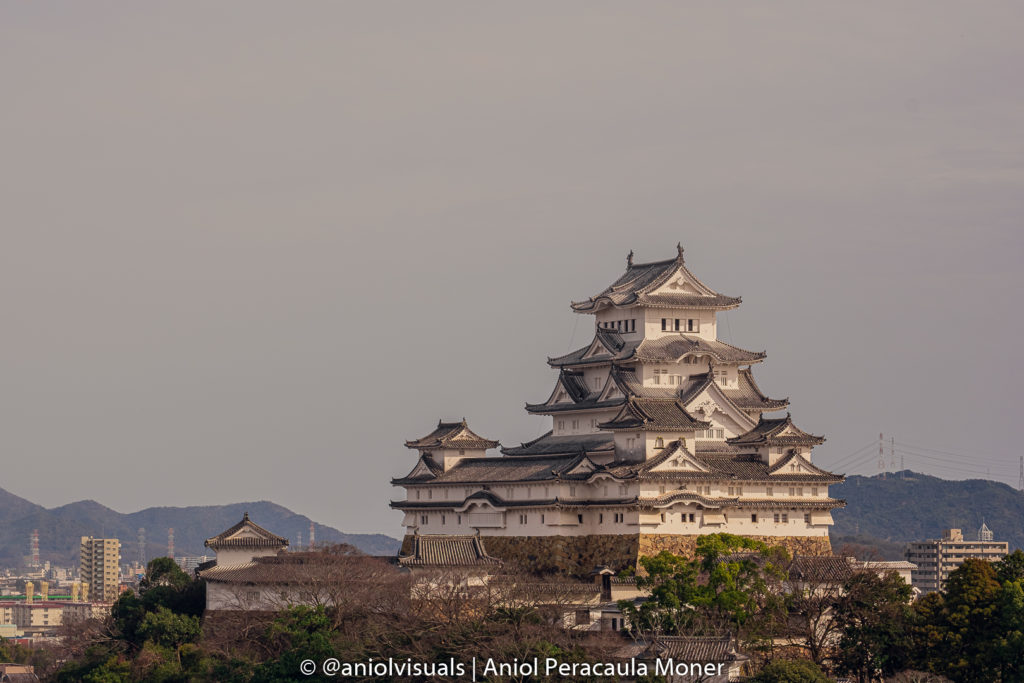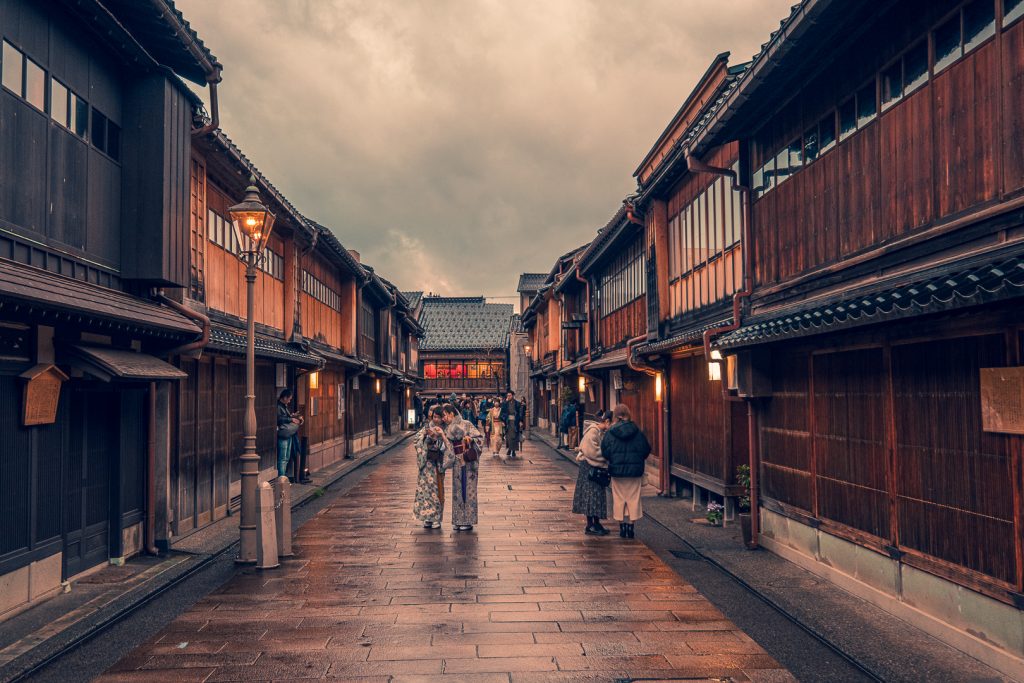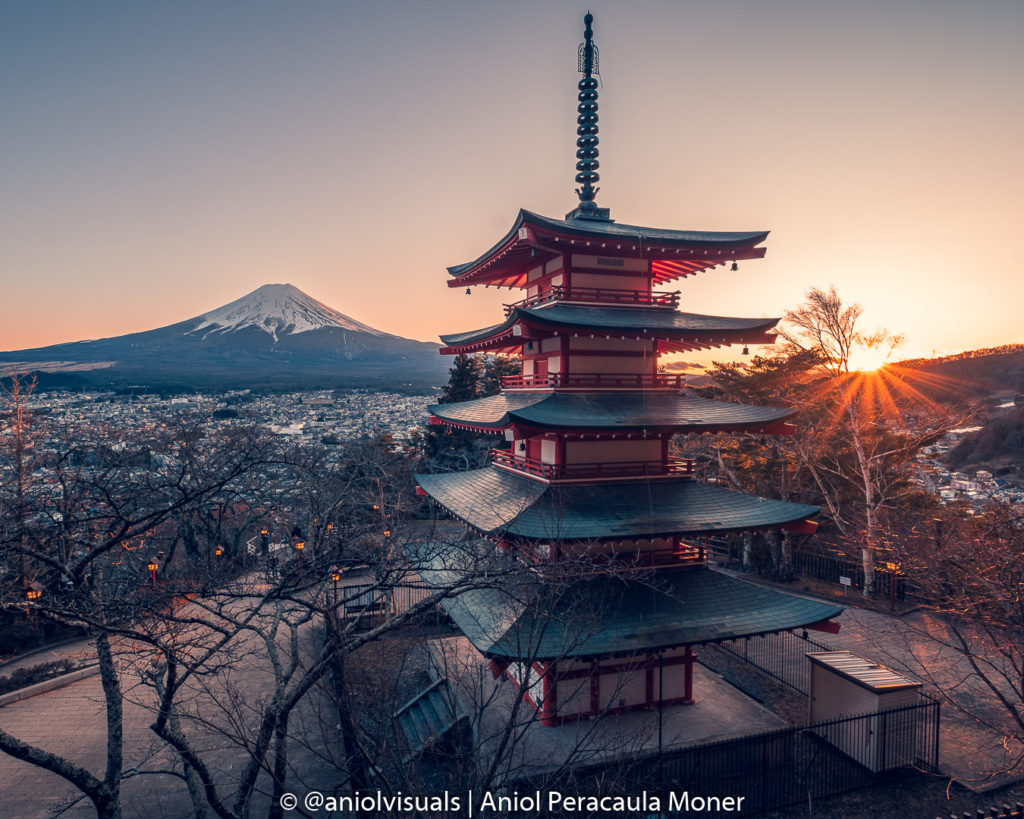Discover Japan in one week with these itineraries, either if you prefer a classical route or a more alternative approach!
Interested in Japan?
Looking for more Japan travel guides? Check them here!
So, you have decided that it is time to do it. You are going to Japan! Maybe it is your first time, or like other travelers, you fell in love with the land of the Raising Sun and can’t stop going back to Japan. In either case, it will be the time of your life.
When I decided to go to Japan for the first time I felt overwhelmed by the number of possible things to do and see. Moreover, as I mostly travel to fuel my passion for photography, I was looking for a less specific and detailed guide. All I found were in-depth daily plans, and nothing exactly fitted my travel style. I wanted to know what were the main routes, what to see, and how to escape the most touristic path.
Here you will not find a guide with what to do every single day of your trip. However, you will find three different one-week Japan itineraries, a classical one, and two alternatives, one for the nature lovers, and one for the culture enthusiasts. These are not set in stone. No one knows your tastes, preferences, and wishes better than yourself. Mix them, combine locations, and create the ultimate itinerary that fits you best.
What is the best season to visit Japan?
Discover what makes each season special here!
One week Japan classical itinerary
Let me be honest. One week in Japan is not a lot of time. However, it is a perfect first contact with the country and its culture. If you really like it, you will be back. Otherwise, one week will be plenty of time to discover the main attractions of its major cities.
This is the itinerary that most people recommend for first-timers. It covers the two main touristic cities, Tokyo and Kyoto, very well connected, and it has some of the most iconic attractions of the country.
If you decide to visit both cities, try to avoid going back to one of them for your return flight. In the hypothetical case that your flight lands in Narita or Haneda (Tokyo airports), look for a return flight from Osaka’s Kansai airport. Osaka is just next to Kyoto, so it will save at least half a day of transportation back to Tokyo.

Tokyo
All trips to Japan have Tokyo on their itinerary, and it is fully justified. One could easily spend one week in Japan, not leave Tokyo and still have plenty of things to discover. Its main attractions, though, can be seen in 2-3 packed days. When planning your trip make sure to consider a possible jet lag effect for the first days, so try to include it in your plans.
What are the best free things to do in Tokyo?
Explore Tokyo’s best free spots here!
As a photographer, I have two complete guides on what to photograph in Tokyo, one for day photography and a dedicated one for night photography. Even if you are not a photographer, you will find plenty of useful tips and interesting locations to visit in Tokyo.
Take the best Tokyo photos!
Top 15 Tokyo photo spots here!
Photograph Tokyo’s night vibes!
Discover the best night views of Tokyo here!

Kyoto
Kyoto is the city of temples. Small, big, beautiful, impressive, or just cute. There are over 1600 temples in Kyoto, and it is home to some iconic spots in Japan, like the Fushimi Inari (also known as the orange tunnel of torii gates) and the Arashyiama bamboo forest. Yet, it has so much more to offer, from the Yasaka pagoda and the Geisha neighborhood to the Golden and Silver Pavillion. Two days should be sufficient to enjoy most of them (in a very packed and hectic way).
If you want to treat yourself to a classical Japanese bath, Kyoto is the place to do it. The so-called onsens are everywhere, and they can be as cheap as 10$/€. Remember that onsens do not accept people with tattoos, except some more touristic ones. Find also some of Kyoto’s most photogenic spots in my Kyoto photography guide.
Capture the city of temples
Discover my favourite Kyoto photos spots in this guide!

Osaka
In the likely event that Osaka is the first or last stop of your trip because your plane leaves from or lands at its international airport, give it a shot. Often forgotten or just used as a base to visit Kyoto, Nara, and other nearby cities, Osaka has a lot to offer, especially from the culinary point of view. The ideal moment to see the real Osaka is at dawn when the city lightens up. Get to the Dotombori area, find a local restaurant and enjoy a walk by the channel. Make sure to try the typical octopus balls, the Takoyaki, and the Japanese “pizza”, the Okonomiyaki. It is completely worth it!
Osaka felt like a miniature Tokyo. It has skyscrapers, like the Umeda Building, its own beautiful castle (although not the best one in Japan, in my opinion), Shinsekai, a crazy district with plenty of street food, and Universal Studios Japan!
For those mixing this itinerary with the alternative ones, extending the stay in Osaka and not sleeping in Kyoto might be a good option. Thanks to the amazing Japanese railway system, it takes less than 40 minutes to get from Osaka to Kyoto.
Take the best Osaka photos
Find out the top Osaka photography spots in this guide!

One week Japan alternative itinerary: nature
Although it might not look like it, Japan is a country full of nature. When I was planning my first trip to Japan, I started adding nature locations until I realized it was impossible to visit them all. For the one-week Japan alternative itinerary, I am just including two of the nature spots. Visit my two weeks and 3-week itineraries for more spots (under construction!). The ones included here are not necessarily the most beautiful ones, but the ones that require less transportation time.
Thus, for this itinerary, I would recommend spending 3-4 days in Tokyo, 2 days (one night) by Mount Fuji, and a one-day trip to the Jigokudani Monkey Park. However, this can be mixed with the classical route and include a day trip to Mount Fuji, sacrificing a day in Tokyo, for example, like shown in the sample itinerary.
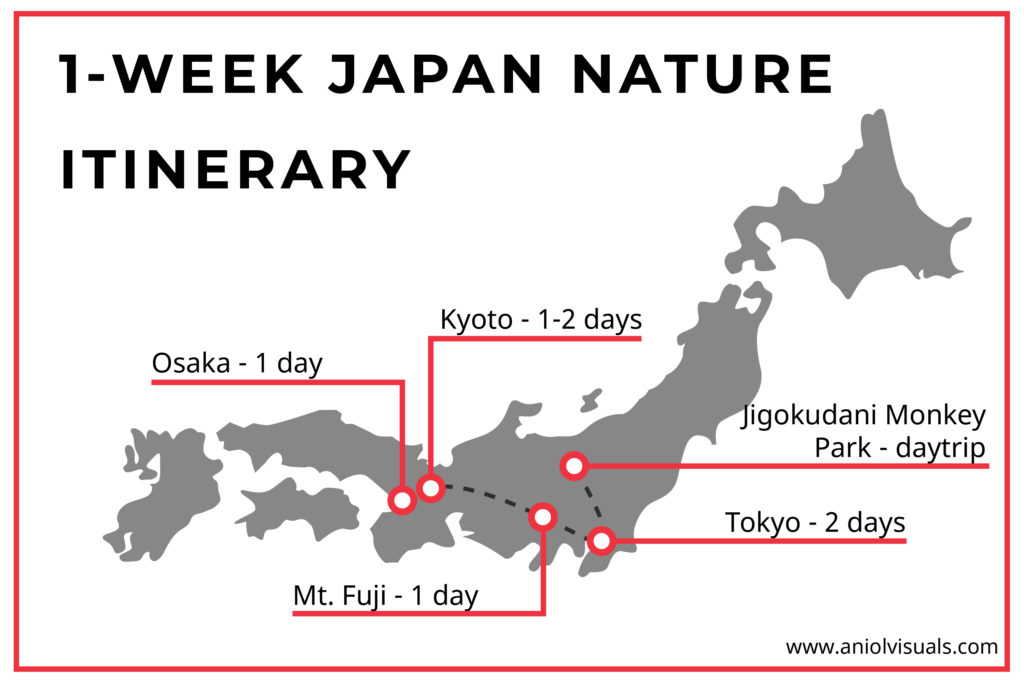
Mount Fuji
The most iconic Japanese mountain and probably one of the most iconic mountains in the world. The best views over Mount Fuji are arguably at the Fuji Five lakes area, and the most common spot is the Kawaguchi lake. Although many people take it as a one-day trip, depending on the season you visit, getting good visibility is very difficult, so I recommend spending a night there. Moreover, there are plenty of interesting things to do and visit around the lake. From getting the most iconic Japan photo to renting a bike and cycle around the lake to the Oishi Park. Don’t forget to visit some temples and eat local food!
Kawaguchiko and Mount Fuji Guide: what to visit?
Explore the five lakes are with this guide!
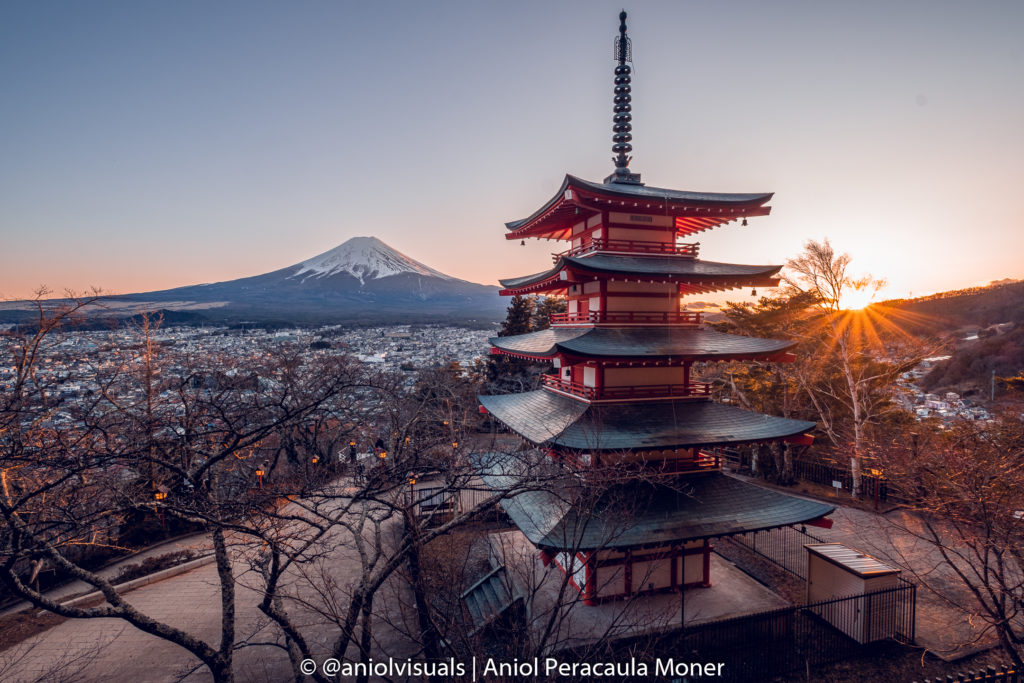
Jigokudani Monkey Park
Did you know that Japan has its own Alps? At a one-day trip distance from Tokyo, the Japanese alps hide a very special place: the Jigokudani Monkey Park, one of the places in Japan to see the Japanese macaque, also known as Snow Monkey. This is the northernmost living primate (excepting us, humans), and especially during winter, it is worth paying a visit to these cute little monkeys. It is during the cold months that most monkeys early in the morning go for a dip at the natural onsen pool and the younger ones play around it.
Try getting up early and visiting just when they open (9 am) because monkeys will be more active and fewer people will be around. For more information about transportation options from Tokyo, visit the official park webpage here.
Visiting the Snow Monkeys?
Find out how to take amazing photos with this guide!
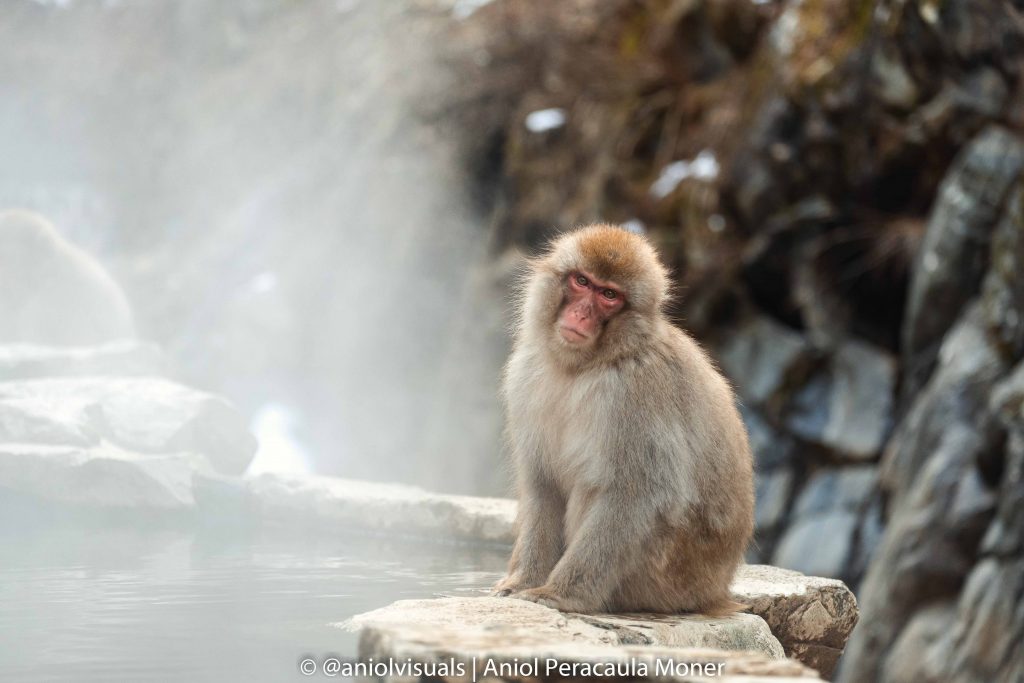
One week Japan alternative itinerary: culture
Not a nature fan? No problem. Japan has an amazing cultural offer thanks to its very rich history. For this alternative itinerary, instead of spending 3-4 days in Tokyo, cut it to 2, and use the remaining days to do day trips from Osaka or Kyoto towards the cities of Himeji and Nara. Try to make the most of your week in Japan with any of these alternative itineraries!
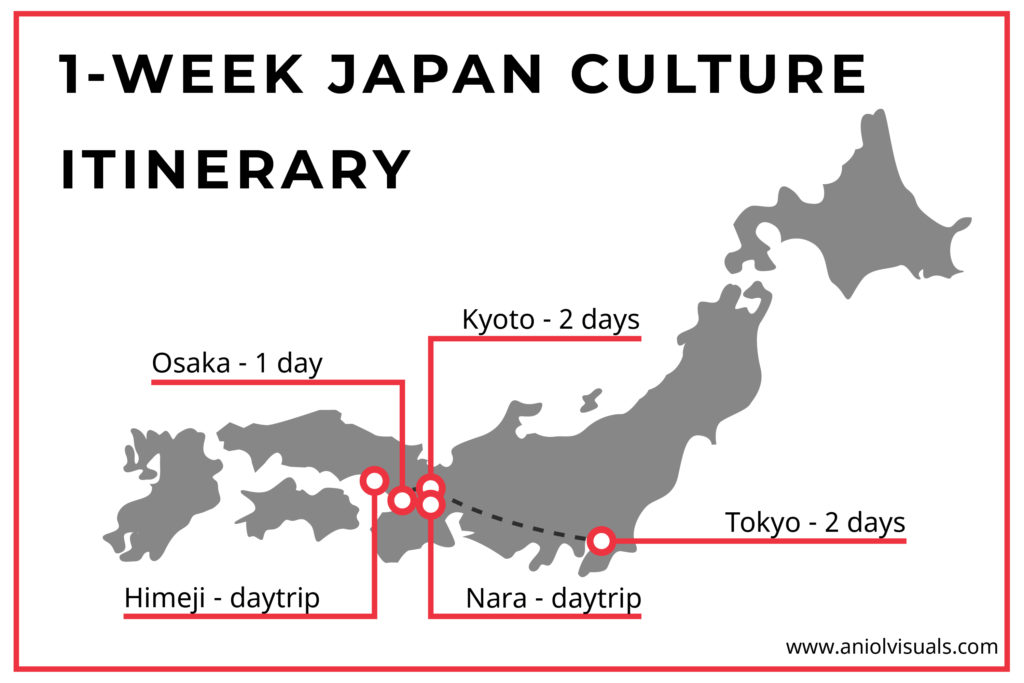
Nara
Japan’s old capital is well-known for the deers roaming around the city, but it is packed with unique and very interesting temples. Perfect for a (long) one-day trip, Nara is a walkable city with most of its attractions in the same area, Nara Park. Moreover, it takes less than 1 hour to go from Osaka or Kyoto.
Nara’s most famous temple is the Todai-Ji temple, the world’s largest wooden building until 1988, and with the world’s largest bronze Buddha statue. Despite the small fee, it is a building worth visiting. Other temples that deserve being mentioned are the Kasuga Taisha and the Kafuku-Ji temple.
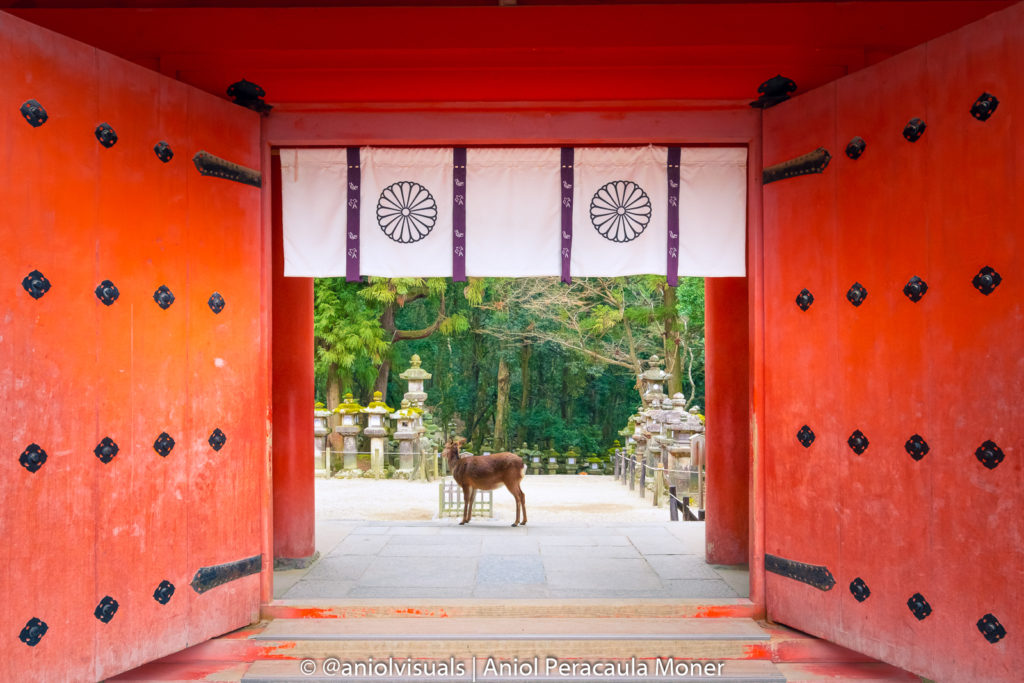
Himeji
Every trip has that day when you only have a free morning or evening. This is the day that you can spend in Himeji. The main attraction of the city is its castle and the Kokoen gardens (attached to the castle area). During spring, it is a must place to visit, as there are plenty of cherry blossom trees that surround all the castle area. Even when there are no flowers it is a good place to visit, especially for those that want to learn more about the culture and the history of Japanese castles. Although both Osaka and Tokyo have their own castles (Tokyo’s is not in very good shape).
Fun fact! It was in the Himeji castle surrounds where James Bonds’ “You only live twice” movie was filmed.

Either if you choose the one-week classical or the alternative itinerary, or even if you mix them, Japan is an amazing country with plenty of things to see, visit and enjoy. Make sure to check the other guide available on my Japan travel guide page! Don’t hesitate to ask in the comments or send me a DM on Instagram (@aniolvisuals) with any questions regarding your trip to Japan! For other inquiries, send an email at hello@aniolvisuals.com.

